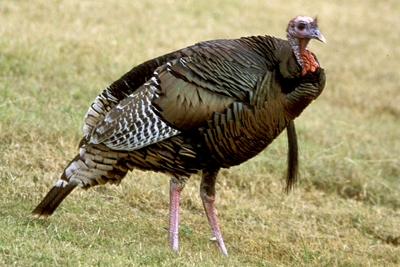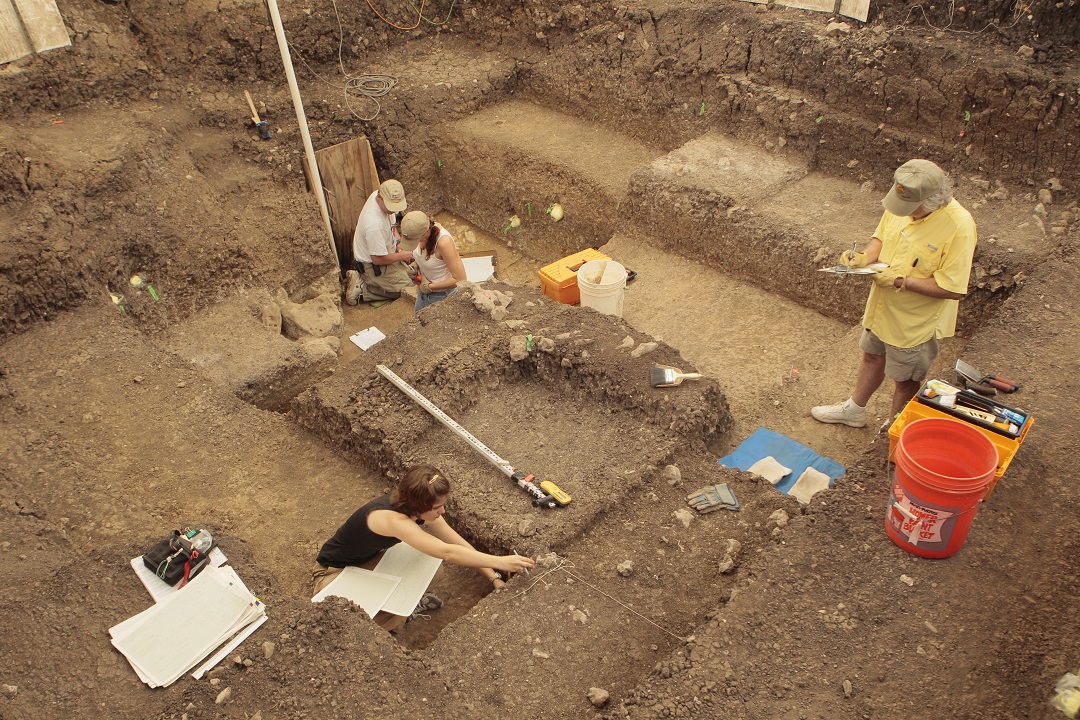TPW TV – Guzzlers for Wildlife
Friday, March 3rd, 2017This is Passport to Texas
A guzzler is a rain catchment device. Collected rainwater gets funneled into a tank that feeds a water trough for wildlife.
As we all know, animals need water. Our annual rainfall is only around 11 inches a year. So we’re trying to supplement that water during dry periods.
Travis Smith is a biologist at the Black Gap Wildlife management area in Brewster County. So is Will Rhodes.
We’re in southern Brewster County which is in the Trans-Pecos region of Texas.
They build and maintain guzzlers on the Gap—45 so far—and see to the needs of wildlife on the management area.
We’re in the Chihuahuan Desert Ecosystem. The area is 103,000 acres or a little over. Black Gap is kind of in the middle of nowhere.
Next week the men explain and demonstrate guzzlers on a segment of the Texas Parks and Wildlife TV series on PBS.
So this catchment consist of R-Panel in 12 foot lengths, which is connected to these 6 inch C-Purlins by…
Let’s stop there. Will’s going to tell us about purlins and pitch threads and storage tanks; it’s not sexy stuff. But it’s necessary when building guzzlers at Black Gap. And, so are wildlife cameras.
On these game cameras it’s triggered by motion. Usually that’s going to be wildlife coming in to get water from the guzzlers here.
Which means their efforts are successful. See the segment on Guzzlers next week on the Texas Parks and Wildlife TV Series on PBS. The Wildlife Restoration Program supports our series.
For Texas Parks and Wildlife…I’m Cecilia Nasti.






 Passport to Texas is a
Passport to Texas is a  Passport to Texas is made available by:
Passport to Texas is made available by: